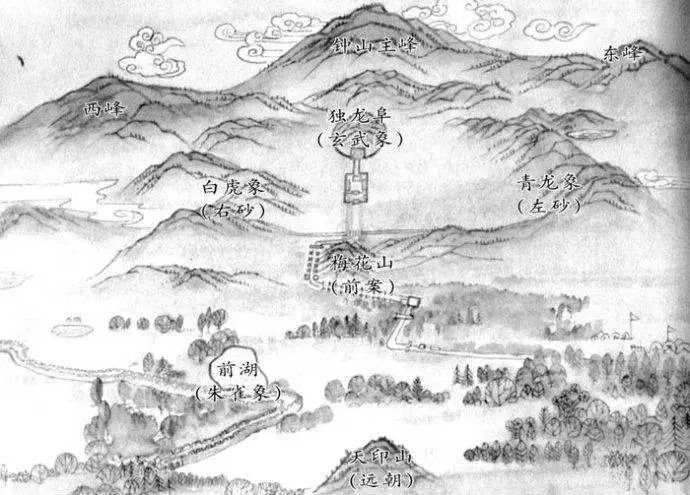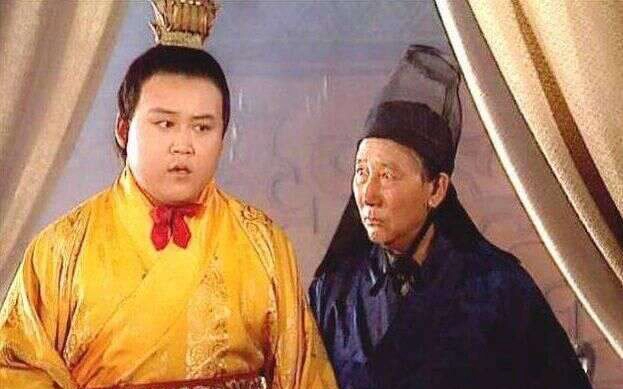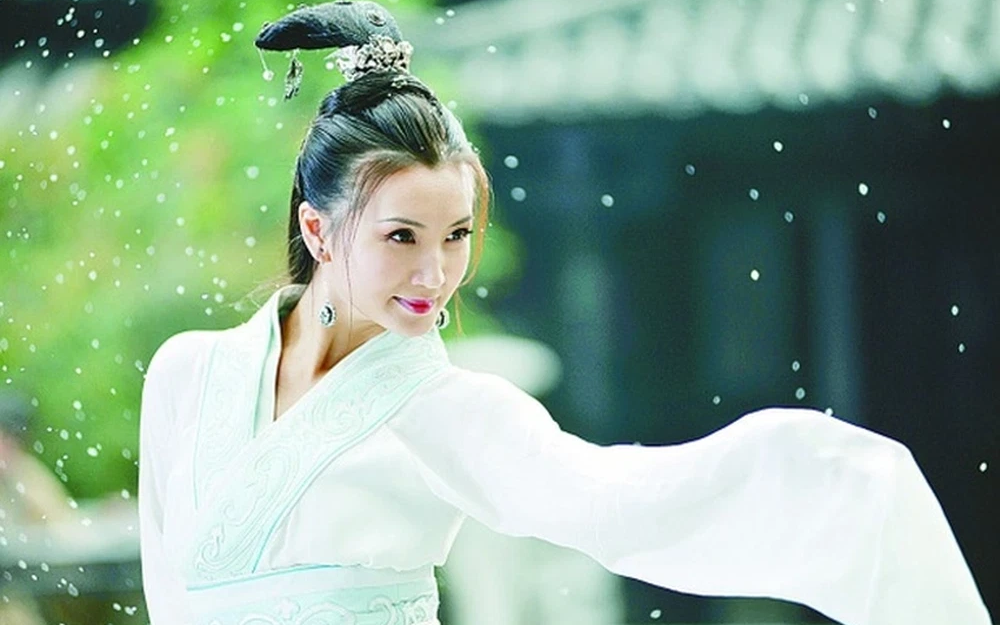What feng shui elements is the tomb of the emperor of China built on?
Emperors of China’s feudal dynasties attach great importance to feng shui, so the architectural works, temples and royal tombs are not only imprinted with the ancient social system and feudal thought, but also represents the quintessence of Chinese feng shui.
In 541 BC, Ngu Tu Tu (525-484 BC) was ordered by King Ngo Vuong to build a citadel, after carefully studying the terrain as well as feng shui, he chose the land of Suzhou today.
Emperor Yongle (1360-1424) of the Ming Dynasty, before moving the capital to Beijing, also sent people here to carefully investigate the terrain, spiritual energy, and feng shui to serve as the basis for moving the capital and creating a position among the people. time.
Quach Phac (276-324) – “the first person to define feng shui” lived in the Jin dynasty. In the book “Funeral Letter” My own opinion once made the point that feng shui is a magic related to “life” of people, and only when in a quiet space, gathering water, one can have “life”. prosperous.
Looking at the river leaning against the mountain
The ancients believed that “dead things are like living things”, based on topography, hydrology, climate and other natural conditions to choose a burial place that can prevent the penetration of wind, water and insects. coincide.
The emperor is also known as the “son of heaven”, meaning the son of heaven, the emperor’s power is bestowed by the gods. Therefore, most of the mausoleums of the previous dynasties had the feature of “looking at the river against the mountain”, taking advantage of the natural terrain to increase “qi” for the emperor, preserving the power of the court.

The Tomb of the Emperor in Shaanxi province has a terrain like the majestic Qiaoshan Mountain, three sides facing a tributary of the Yangtze River. Photo: Sunatnight.
Tomb of Qin Shi Huang rests on the back of Le Son mountain, the high mountain stands tall like a royal majesty that never falls; Cao To Han Tomb, on the other hand, is located next to the Wei River, behind the majestic Cuu Yi Mountain, completely showing the position and dignity of the Son of Heaven.
The construction of tombs of the Song Dynasty also followed the above rule, based on Trung Son mountain, in the direction of Lac Thuy stream. The mausoleum is built high in the south and lower in the north. This shows the great influence of Feng Shui on the architecture of ancient tombs
Dragon Vessel
Dragon veins are the basic element of feng shui. Feng shui practitioners believe that in China there are three dragon veins, all of which originate from Mount Kunlun.
The first circuit begins in the south of the Yangtze River, prosperity in Nanjing, and finally ends at Zhongshan Ming Xiaoling; The second circuit is located at the intersection of the Yellow River and the Yangtze River, prospering in Zhongdu, connecting at Minh To Lang.
The last circuit is located in the north, at the intersection of the Yellow River and the Yalu River, prosperous in Beijing, and connected at the Tomb on Tianshou Mountain.
Minh Thai To Chu Nguyen Chuong (1328-1398) also located his tomb according to the popular feng shui technique at that time, which was “find the dragon vein, investigate the weather, see the geyser and the grave”. together he chose to be buried under the top of Zhongshan, Nanjing.

Ancient map of Minh Thai To’s tomb location. Source: Sohu.
The left and right sides of the mausoleum are surrounded by high mountains, in front is Mai Hoa mountain like “an” (a kind of rectangular table in ancient times), behind is Trung Son guarding to form a mountain posture. dragons and tigers roam around, host and guest reciprocate.
In 1406, Minh Thanh To (1360-1424) moved the capital to Beijing, choosing Huangtu Mountain (later renamed “Thien Tho”) in Changping, Beijing as the site of the royal mausoleum. . A total of 13 emperors, 23 queens and dozens of other concubines are buried here.
God religion
In the emperor’s tombs, there is often a long road leading to the main mausoleum, this road is very important, called “shinto”. Shinto appeared because in the imagination of the ancients, the universe was divided into three realms: heaven, earth, and the underworld. Therefore, this is the divine road connecting heaven, hell and human world together.
In the mausoleum of Thuan Tri (1638-1661), the second emperor of the Qing dynasty who was also the first Qing emperor to enter the imperial court (the capital in Beijing), there is a Shinto religion 5,600 meters long and 11 meters wide. . This is the main Shinto axis connecting all the tombs of the next emperors and empresses.

Shintoism in the tomb of King Thanh. Photo: Kknews.com
Such strict tree structure means they are descendants of a single ancestor. When a person’s soul steps into Shinto, they can return to their roots and meet their ancestors.
On both sides of Shinto, there are pairs of stone statues, elaborate human and animal sculptures symbolizing the power and majesty of the emperor during his life and also proof that that emperor still reigns. everything after death.
In today’s modern world, feng shui is still circulated around the world. Feng shui is now known as a general science, integrating a lot of knowledge of the sciences, helping to study the ecological and spiritual environment, serving human life.
at Blogtuan.info – Source: danviet.vn – Read the original article here


